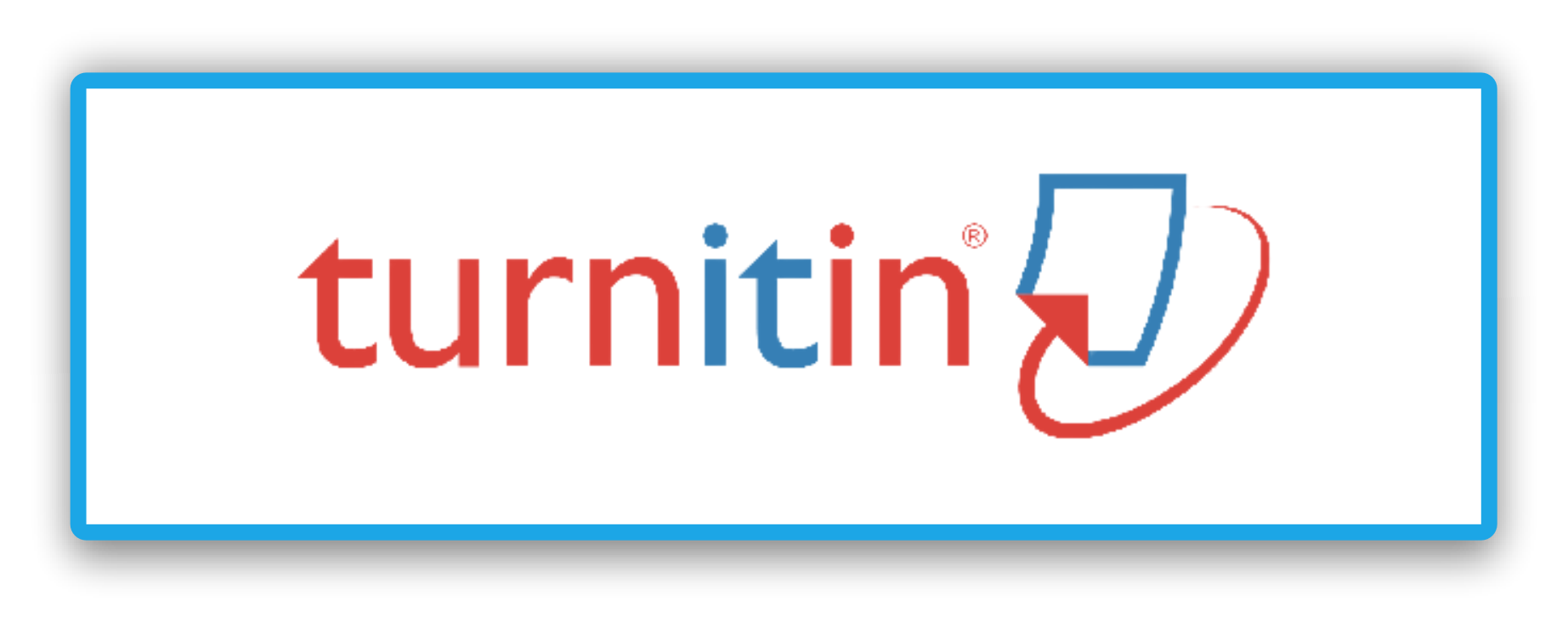Learning Al-Islam and Kemuhammadiyahan by Using Blended Learning in the New Normal at MTs Muhammadiyah Lubuk Jambi
Abstract
The implementation of learning in the new normal is not much different from learning during the Covid-19 pandemic, therefore it takes teacher creativity for successful learning implementation. The creativity of Al-Islam and Kemuhammadiyahan teachers at MTs Muhammadiyah Lubuk Jambi is to use blended learning, therefore this research aims to reveal how the implementation of blended learning in AIK learning in the new normal. The study uses a qualitative approach, the data source consists of key informants and additional informants. Data collection techniques are observation, interviews and documentation studies. Data is analyzed using interactive techniques. The application of blended learning model in MTs Muhammadiyah Lubuk Jambi is done by combining online and offline. The obstacles faced by using blended learning are from the aspect of teachers, learners and facilities. Research recommendations require comprehensive training to realize teachers who have information technology capabilities.
Full Text:
PDF (Bahasa Indonesia)References
Apuke, O. D., & Iyendo, T. O. (2018). University students’ usage of the internet resources for research and learning: forms of access and perceptions of utility. Heliyon, 4(12), e01052. https://doi.org/10.1016/j.heliyon.2018.e01052
Arifin, S. (2015). Rekonstruksi Al-Islam Kemuhammadiyahan (AIK) Perguruan Tinggi Muhammadiyah Sebagai Praksis Pendidikan Nilai. EDUKASI: Jurnal Pendidikan Agama Dan Keagamaan, 13(2), 201–221.
Aspers, P., & Corte, U. (2019). What is Qualitative in Qualitative Research. Qualitative Sociology, 42(2), 139–160. https://doi.org/10.1007/s11133-019-9413-7
Baidarus, Hamami, T., Suud, F. M., & Rahmatullah, A. S. (2019). Al-Islam dan kemuhammadiyahan sebagai basis pendidikan karakter. AL-ASASIYYA: Journal Basic Of Education, 4(1), 71–91.
Barnansyah, R. M. (2021). Implementasi Media Pembelajaran dalam Keterampilan Mengajar bagi Mahasiswa dalam Mata Kuliah Media dan Teknologi Pembelajaran di Masa Pandemi Covid-19. Hayula: Indonesian Journal of Multidisciplinary Islamic Studies, 5(2), 171–206. https://doi.org/https://doi.org/10.21009/hayula.005.02.04
Bervell, B., & Umar, I. N. (2020). Blended learning or face-to-face? Does Tutor anxiety prevent the adoption of Learning Management Systems for distance education in Ghana? Open Learning, 35(2), 159–177. https://doi.org/10.1080/02680513.2018.1548964
Caner, M. (2012). The definition of blended learning in higher education. Blended Learning Environments for Adults: Evaluations and Frameworks, April 2012, 19–34. https://doi.org/10.4018/978-1-4666-0939-6.ch002
Dziuban, C., Graham, C. R., Moskal, P. D., Norberg, A., & Sicilia, N. (2018). Blended Learning: the new Normal and Emerging Technologies. International Journal of Educational Technology in Higher Education, 15(1), 1–16. https://doi.org/10.1186/s41239-017-0087-5
Engzell, P., Frey, A., & Verhagen, M. D. (2021). Learning loss due to school closures during the COVID-19 pandemic. PNAS, 118(17), 1–7. https://doi.org/10.1073/pnas.2022376118/-/DCSupplemental.y
Gunawan, Suranti, N. M. Y., & Fathoroni. (2020). Variations of Models and Learning Platforms for Prospective Teachers During the COVID-19 Pandemic Period. Indonesian Journal of Teacher Education, 1(2), 61–70.
Hamad, M. M. (2015). Blended learning outcome vs. traditional learning outcome. International Journal on Studies in English Language and Literature (IJSELL), 3(4), 75–78. https://www.researchgate.net/profile/Mona-Hamad-4/publication/283209693_Blended_Learning_Outcome_vs_Traditional_Learning_Outcome/links/562df90d08aef25a24432332/Blended-Learning-Outcome-vs-Traditional-Learning-Outcome.pdf
Keiler, L. S. (2018). Teachers’ roles and identities in student-centered classrooms. International Journal of STEM Education, 5(34), 1–20. https://doi.org/10.1186/s40594-018-0131-6
Kintu, M. J., Zhu, C., & Kagambe, E. (2017). Blended learning effectiveness: the relationship between student characteristics, design features and outcomes. International Journal of Educational Technology in Higher Education, 14(1), 1–20. https://doi.org/10.1186/s41239-017-0043-4
Ma, L., & Lee, C. S. (2021). Evaluating the effectiveness of blended learning using the ARCS model. Journal of Computer Assisted Learning, 37(5), 1397–1408. https://doi.org/10.1111/jcal.12579
Miles, M. B., & Huberman, A. M. (1994). Qualitative Data Analysis. In Sage Publication (2nd ed.). Sage Publication.
Munir. (2009). Pembelajaran Jarak Jauh berbasis Teknologi Informasi dan Komunikasi (TIK). Alfabeta. www.cvalfabeta.com
Mursal, M., Ritonga, M., Sartika, F., Lahmi, A., Nurdianto, T., & Alam, L. (2021). The contribution of Amil Zakat, Infaq and Shadaqah Muhammadiyah (LAZISMU) institutions in handling the impact of Covid-19. Journal of Sustainable Finance and Investment, 0(0), 1–7. https://doi.org/10.1080/20430795.2021.1886550
Naidu, S. (2017). How flexible is flexible learning, who is to decide and what are its implications? Distance Education, 38(3), 269–272. https://doi.org/10.1080/01587919.2017.1371831
Nasution, N., Jalinus, N., & Syahril. (2019). Buku Model Blended Learning (B. Simamora (ed.); 1st ed.). Unilak Press.
Ospina, S. (2004). Qualitative Research. Encyclopedia of Leadership, 26(2), 63–64. https://doi.org/10.21091/mppa.2011.2010
Otaki, F., Zaher, S., Plessis, S. Du, Lakhtakia, R., Zary, N., & Inuwa, I. M. (2021). Introducing the 4Ps model of transitioning to distance learning: A convergent mixed methods study conducted during the COVID-19 pandemic. PLoS ONE, 16(7 July), 1–20. https://doi.org/10.1371/journal.pone.0253662
Oweis, T. I. (2018). Effects of Using a Blended Learning Method on Students’ Achievement and Motivation to Learn English in Jordan: A Pilot Case Study. Education Research International, 2018, 1–7. https://doi.org/10.1155/2018/7425924
Pezalla, A. E., Pettigrew, J., & Miller-day, M. (2012). Researching the researcher-as-instrument: an exercise in interviewer self-reflexivity. Qualitative Research Methods, 12(2), 165–185. https://doi.org/10.1177/1487941111422107
Ritonga, M., Nazir, A., & Wahyuni, S. (2016). Pembelajaran Bahasa Arab Berbasis Teknologi Informasi dan Komunikasi. Arabiyat: Jurnal Pendidikan Bahasa Arab Dan Kebahasaaraban, 3(1), 1–12. https://doi.org/http://dx.doi.org/10.15408/a.v3i1.2879
Sadeghi, M. (2019). A Shift from Classroom to Distance Learning: Advantages and Limitions. Internasional Journal of Reserach in Englissh (IJREE), 4(1), 80–88.
Sartika, F., Ritonga, M., Lahmi, A., Rasyid, A., & Febriani, S. R. (2021). Online Learning in the Low Internet Area, Planning, Strategies and Problems Faced by Students During the Covid-19 Period (D. Oliva, S. A. Hassan, & A. Mohamed (eds.); Artificial). Springer. https://doi.org/https://doi.org/10.1007/978-3-030-69744-0
Sham, M., Ali, S., & Kootbodien, A. (2017). The Effectiveness of WhatsApp as an Interpersonal Communication Medium among Abu Dhabi University Students. International Journal of Media, Journalism and Mass Communications, 3(1), 11–19. https://doi.org/10.20431/2454-9479.0301002
Sparrow, R., Dartanto, T., & Hartwig, R. (2020). Indonesia Under the New Normal: Challenges and the Way Ahead. Bulletin of Indonesian Economic Studies, 56(3), 269–299. https://doi.org/10.1080/00074918.2020.1854079
Szadziewska, A., & Kujawski, J. (2017). Advantages and Disadvantages of the Blended-Learning Method Used in the Educational Process At the Faculty of Management At the University of Gdansk, in the Opinion of Undergraduate Students. ICERI2017 Proceedings, 1(March 2018), 3938–3946. https://doi.org/10.21125/iceri.2017.1051
DOI: https://doi.org/10.31869/ruhama.v4i2.2845
Article Metrics
Abstract view : 238 timesPDF (Bahasa Indonesia) - 248 times
Refbacks
- There are currently no refbacks.
INDEXED BY :
Pascasarjana UM Sumatera Barat
Jl. Pasir Kandang No.4, Pasie Nan Tigo, Kec. Koto Tangah, Kota Padang, Sumatera Barat 25586.
 This work is licensed under a Creative Commons Attribution-ShareAlike 4.0 International License.
This work is licensed under a Creative Commons Attribution-ShareAlike 4.0 International License.












